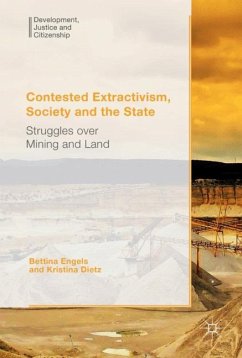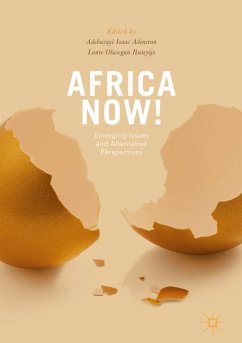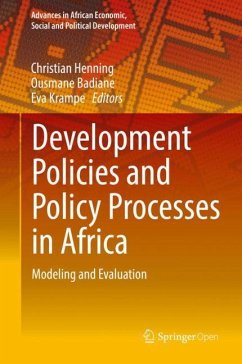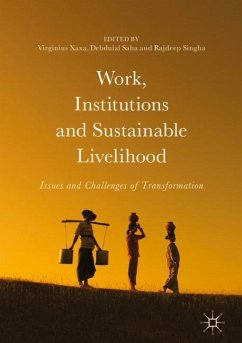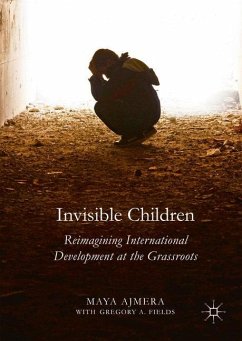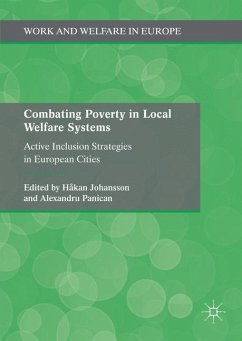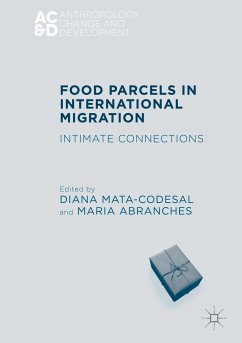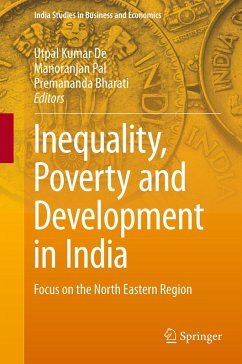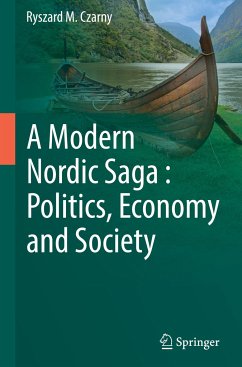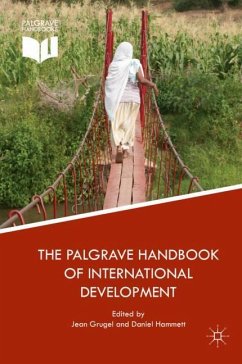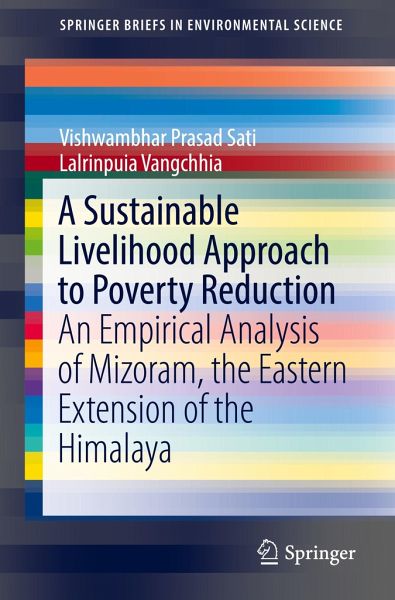
A Sustainable Livelihood Approach to Poverty Reduction
An Empirical Analysis of Mizoram, the Eastern Extension of the Himalaya

PAYBACK Punkte
19 °P sammeln!
This book presents a socio-economic and livelihood analysis of agriculturally-dependent communities of Mizoram, the eastern extension of the Himalaya, using the sustainable livelihood approach. Such an approach to poverty reduction is inevitable, particularly, in areas where livelihoods depend largely on biomass-based agriculture and livestock production. Mizoram possesses abundant natural resources - land, water and forest - but those resources are largely unused. The region suffers from chronic poverty and malnutrition, and climate change has further influenced livelihood patterns. This work...
This book presents a socio-economic and livelihood analysis of agriculturally-dependent communities of Mizoram, the eastern extension of the Himalaya, using the sustainable livelihood approach. Such an approach to poverty reduction is inevitable, particularly, in areas where livelihoods depend largely on biomass-based agriculture and livestock production. Mizoram possesses abundant natural resources - land, water and forest - but those resources are largely unused. The region suffers from chronic poverty and malnutrition, and climate change has further influenced livelihood patterns. This work studies all the aspects of natural potentials and livelihood status in Mizoram. It also discusses the major driving forces that influence livelihood patterns. Based on a detailed analysis of empirical data, several policy measures are suggested to cope with chronic poverty and malnutrition. The book is therefore highly useful for all stakeholders; students, researchers, academicians, policymakers and politicians involved in rural/community development.



